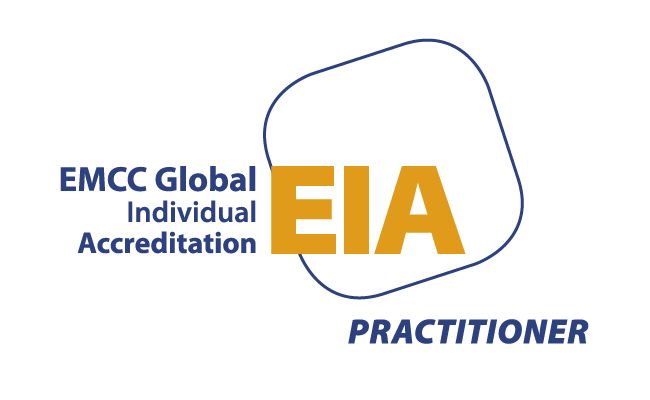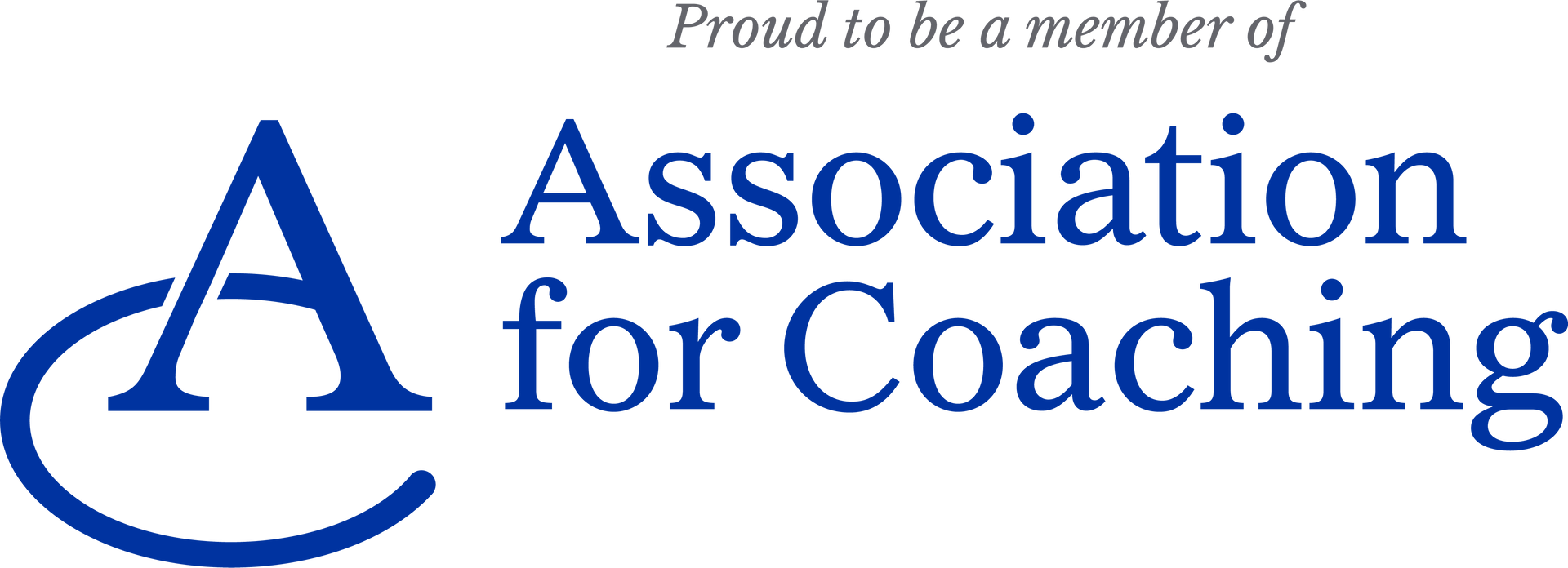Knowing when to exit an organisation
Managing Founder Transition in Purpose-Led Organisations

Founder transitions are inevitable, as most people set up a business to ultimately exit it with a healthy profit. We have all heard of multiple entrepreneurs who grow a business, sell and set up a new business.
However, they are rarely easy.
When the founder is deeply entwined with the mission, values, and identity of the organisation, stepping away can feel like a personal and cultural upheaval. Mark Walton’s transition out of Shared Assets, a Community Interest Company (CIC) he co-created 15 years ago offers a thoughtful case study in how to do this well.
Mark’s Story:
Shared Assets was born from a pop-up think tank in a sandwich shop, responding to austerity and the need for new models of land stewardship. Over 15 years, Mark helped shape it into a CIC with a national footprint.
His exit was planned, collaborative, and mission-aligned, a great example of how to leave without losing the soul of the organisation.
His exit took over a year. It took deep conversations with those it affected and it took resilience from Mark to navigate this journey while maintaining his natural leadership style.
The Change Management Challenge:
Transitions affect everyone not just the founder. People may feel uncertain, anxious, or even resistant. Leaders need to be able to manage both the emotional and operational dimensions of change.
For Founders:
- Identity Shift: Letting go of control and redefining your role.
- Legacy Planning: Ensuring the mission survives beyond your tenure.
- Emotional Resilience: Navigating grief, pride, and uncertainty.
For Employees:
- Clarity and Communication: Understanding what’s changing and why.
- Trust in New Leadership: Building confidence in successors.
- Culture Continuity: Preserving values while adapting to new styles.
If we think that in the UK 48% of UK business owners have no exit strategy and 37% lack a succession plan, there is a significant risk to long term disruption and mission drift. And interestingly social purpose organisations are especially vulnerable to founder dependency.
A Practical Guide to Doing It Well:
- Start Early: Begin succession planning years in advance.
- Use Psychometrics to understand your own innate strengths around transitioning as well as helping you understand team dynamics and your leadership style.
- Invest in Leadership Development: Train successors and empower staff.
- Engage in Coaching: 1:1 CEO coaching can support emotional and strategic clarity.
- Communicate Transparently: Keep stakeholders informed and involved.
Explore our Leadership & Management Training, CEO Coaching Programmes, and Psychometric Tools to support smooth transitions.
If you want to hear the full conversation I had with Mark listen in to The Unlikely Executive Podcast episode 18, I can highly recommend it!
And remember that letting go isn’t failure, it is part of being an effective leader.
Mark Walton’s story shows that with planning, empathy, and structure, founders can leave a legacy that lasts.




